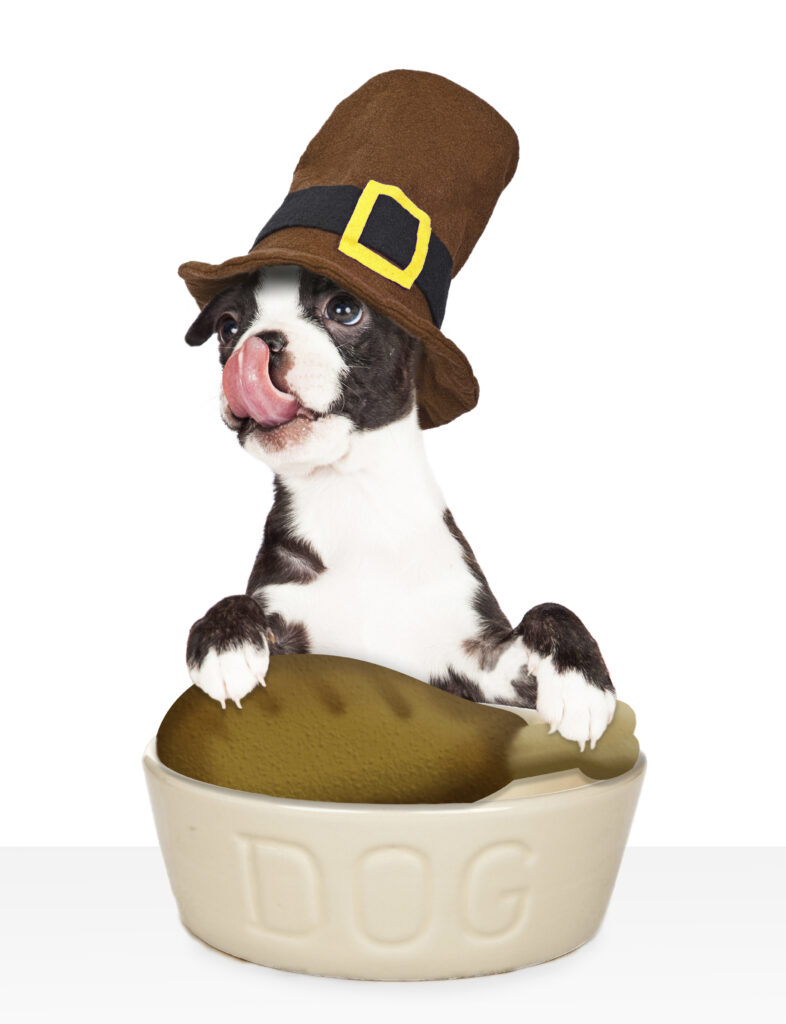Pet Microchips: What You Need to Know
August 15 is National Check The Chip Day, so this month on the Petit Pet Care blog we’re providing you with the information you need about pet microchipping. If your fur baby already has a chip, now is the time to be sure your registry info is up to date. If your four-legged (or feathered) family member doesn’t yet have a chip, read on – there are a number of good reasons for you to consider getting one.

It’s a pet parent’s worse nightmare – a fur baby gone missing. No one wants to ever be in that position and yet thousands of families experience this heartbreak every year; in fact, it is estimated that somewhere a pet is lost every seven seconds. Thankfully, technology has a solution that can help return lost animals safely to their homes.
A door or gate left ajar, even an open car window can provide an easy escape for a curious pet to dart out and to take off – usually to give chase after another animal, and end up well away from home. All it takes is a split second when no one is looking for a beloved family pet to slip out of eyesight or even be snatched up by someone.
Heartbreaking, stressful, traumatic, frightening, and yet preventable. Microchips are implantable computer chips that transmit an encoded number to a special scanner that allows a pet to be easily identified. They take moments to insert under the skin and last for the lifetime of your pet.
While many have questioned the health safety to animals of microchipping, it is a widely held belief in the veterinary medical community that the risk of cancer from chip implantation is “very, very low,” and that the benefits outweigh the risks.
The process is quick and fairly simple; a vet places a tiny microchip about the size of a grain of rice under the animal’s skin with a needle. It should not cause your pet any more pain than receiving a vaccine. After implantation, you register the chip, which contains a special digital number that can be used to identify your pet and obtain your contact information.
Here’s a great video from ExpertVillage with Jenn Fadal explaining all about the microchipping process:
According to the ASPCA, lost cats are less likely to be found than dogs. In a study conducted by the agency, it was determined that 15 percent of found dogs had been located through their implanted chips. Microchip ID Systems, Inc. claims that over 38 percent of cats and and 52 percent of dogs in shelters found to have chips have been reunited with their caregivers.
Dogs and cats are not the only animals which can be microchipped. Fish, ferrets, horses, alpacas, birds, even laboratory and zoo animals such as elephants and snakes can and do get chipped. If you travel with your companion animal(s) regularly, you will more than likely want to get them implanted with a microchip. In some countries, it is actually now a requirement that animals be chipped.
More and more, microchips are becoming an important identification tool for pet parents. Collars break, tags get lost, but chips are long lasting and the cost has gone down (on average around $10), making them more affordable. Chips are quickly becoming an essential part of disaster preparedness as well.
While chips and scanners can be purchased online, implanting them is not something that can or should be done casually. Believe it or not, anyone can learn in a brief online course how to implant a microchip. However, the only way to be sure a chip is implanted properly – and therefore will not migrate or cause problems – is to have it done by a vet or properly trained shelter personnel.
Because your fur baby’s safety is paramount, always ask about credentials, and always choose an experienced hand. An improperly implanted chip can be difficult to get a read from in addition to causing unwanted medical problems. And again, once a chip is implanted it absolutely must be registered.
Microchips do not replace collars and tags, and most importantly they are not lowjack. They don’t work with GPS, but they can interact with pet doors and feeding dishes to allow pets a little more independence.
If ever you misplace your microchip paperwork or number, all you will need to do is have your vet scan the chip to recover the digital ID number. You can then input the number in the online lookup tool for a national registry such as AAHA Universal Pet Microchip Lookup to find out which company your chip is registered with. Note that you will have to contact that company directly.
While most shelters now have universal scanners to detect the three main chip frequencies commonly used in the United States, it is still possible for there to be an error reading a chip. Microchips are built to last 25 years, but like all things, it’s possible for them to fail and that is how “Check the Chip Day” came about.
Even though microchips are an important means of protecting your four legged family member, a collar is still the best way for someone to identify that he or she belongs to someone should s/he somehow get away from you. And while a chip is one important tool in your toolbox, it should be noted that merely having a chip does not provide proof of ownership of an animal.
Useful Links:
Microchipping 101: Why is it Important to Microchip My Pet?
How Safe Are Pet Microchips?
Do Microchips Migrate?
The Facts About Microchipping Your Dog
Keep Your Microchip’s Info Up-to-Date
Bonus Benefits of Microchipping Your Pet
Free Pet Chip Registry
HomeAgain National Pet Recovery Database


